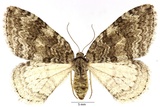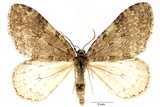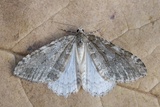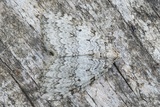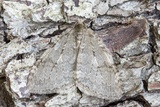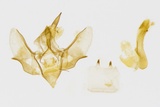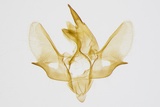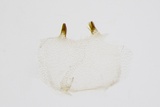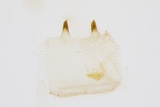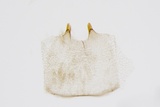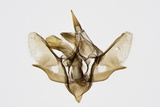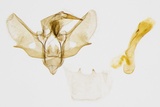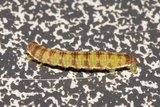Epirrita dilutata ([Denis & Schiffermüller], 1775) Species
Last modified: Oct. 16, 2025, 12:46 p.m.
A common species throughout Belgium. The most widespread and commonest of the three Epirrita species.
Data Deficient due to a lack of sufficient data according to the IUCN Red List category for Flanders 2023.
Details
- Classification
- Family: Geometridae > Subfamily: Larentiinae > Tribus: Operophterini > Genus: Epirrita > Species: Epirrita dilutata
- Vernacular names
- Gewone herfstspanner (NL), November Moth (EN), L'Epirrite diluée (FR), Gehölzflur-Herbstspanner (DE)
- First mention in Belgium
- De Sélys-Longchamps E. 1844. Énumération des insectes Lépidoptères de la Belgique. — Mémoires de la Société royale des Sciences de Liége 2: 1–35. On page 17.
- Status
-
Native
Distribution
Imago
Wingspa 38–44 mm.
Although some sources claim that you can identify the 3 Epirrita species by the markings on the front wing, this is only a guide and there is much overlapping and therefore not certain.
If you want to be 100% certain, then examination of the genitalia is necessary. This only applies to males, the female genitals are too variable to identify.
Melanistic specimens with dark grey-brown coloration more frequently occuring than it congeners, apparently without association with industrial pollution.
Bionomics
Hibernates as an egg, laid near buds on twigs.
They are attracted to light and occasionally to sugar.
Flight periods
The adults fly from late September till November.
Observed on
- Substrates:
- Deciduous trees
The larva lives on a variety of trees and shrubs.
Habitat
It inhabits deciduous woodland.
